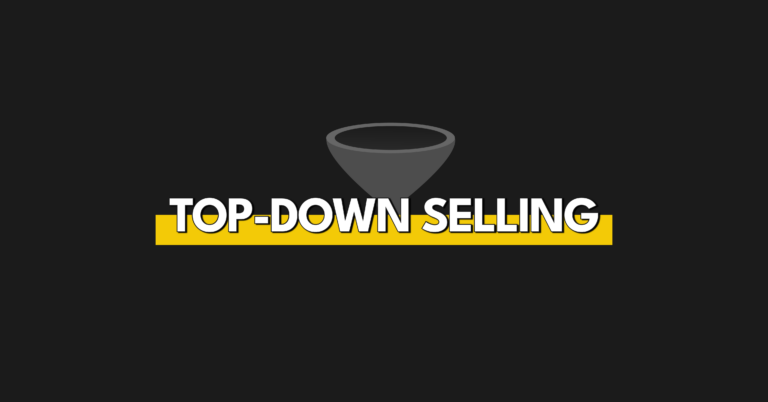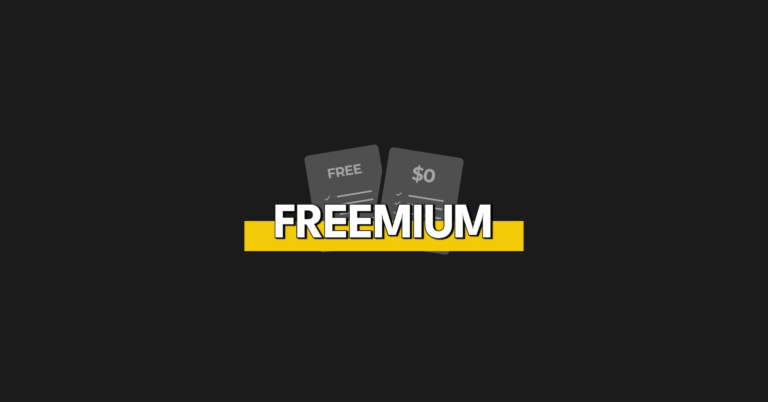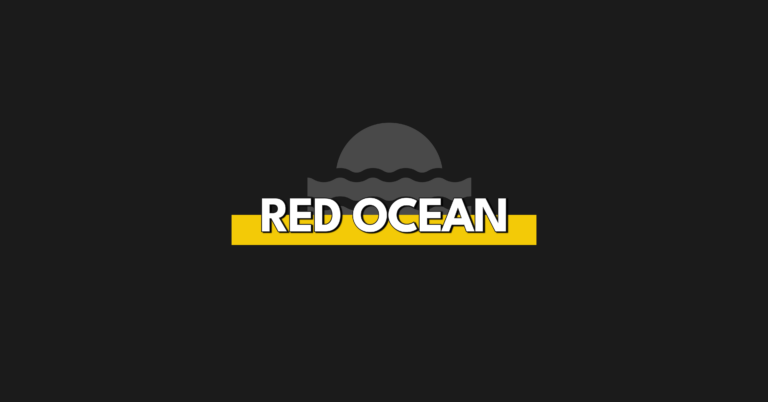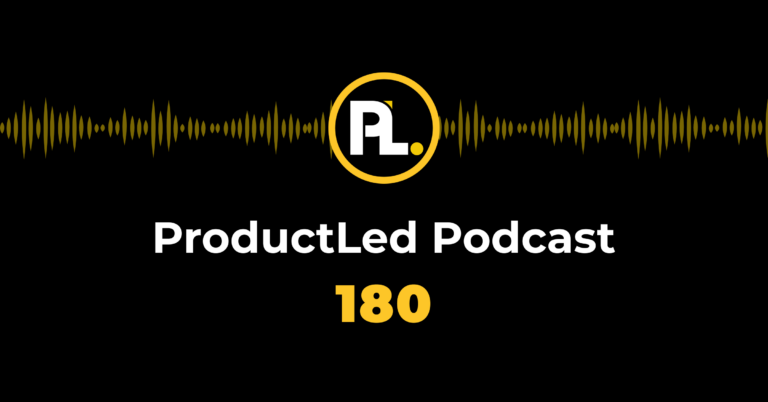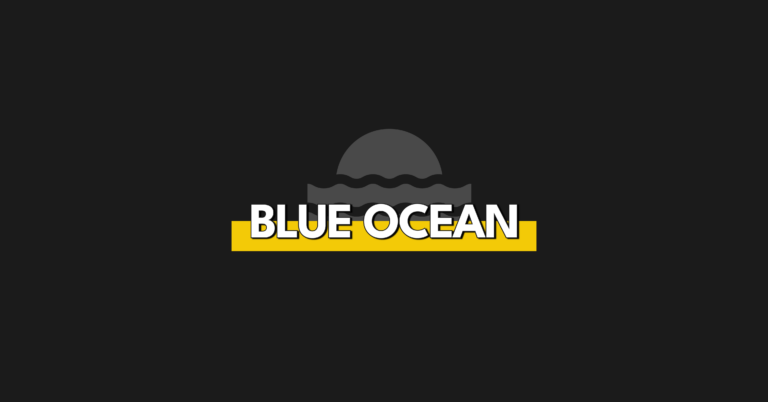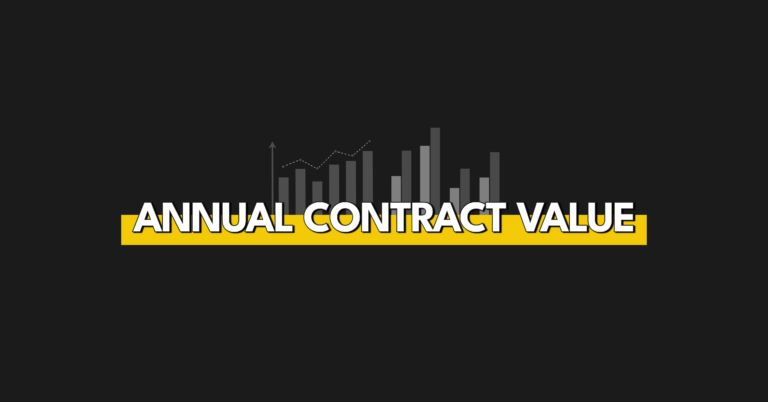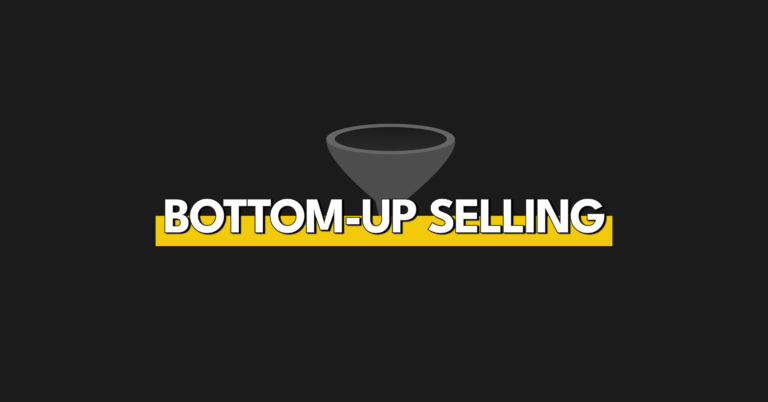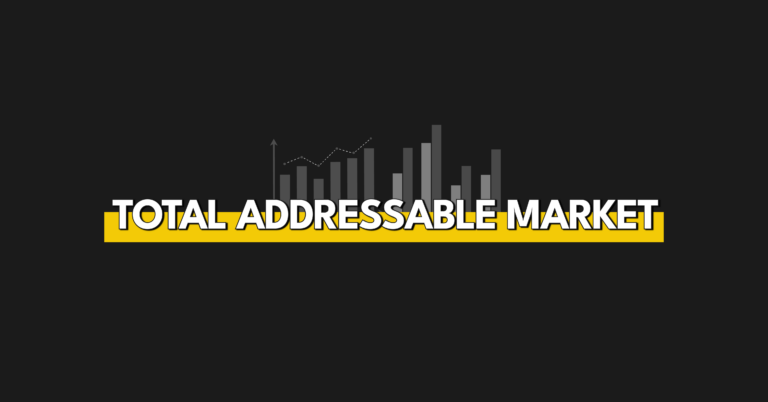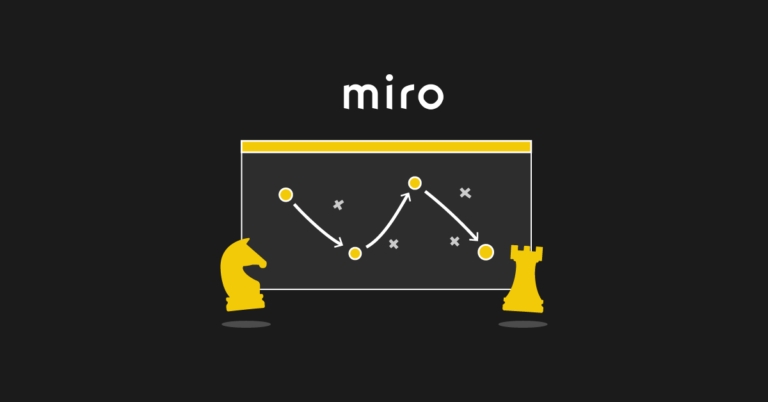Take your trial engagement from okay to incredible with user onboarding email best practices for SaaS.
The key is building a trial engagement journey that keeps people coming back. You can turn your users into happy, paying customers through the power of user onboarding email sequences.
In this article, we’ll discuss the following:
- What to avoid when sending onboarding emails to your users.
- How to create a behavior-based content engagement program.
- How to design a trial engagement journey.
I’ll also walk you through three onboarding tracks, from their first visit to conversion, and include examples of what to do and how to build them out.
But first, let’s review onboarding email basics and what different sequences look like.
What is an Onboarding Email?
An onboarding email is an essential step in engaging new users and communicating the value of your SaaS product.
The five types of onboarding emails we’re going to be referencing and using throughout this article include the following:
- Welcome Emails
- Usage Tips
- Sales Touches
- Usage Reviews
- Expiry Warning
Let’s take a closer look at some of them before we go any further. This will help a lot when we get into the details later on.
5 Must-Have SaaS Onboarding Emails
1. Welcome Emails
When writing welcome emails, keep these practices in mind:
- Aim for a 60% or higher open rate.
- Train your audience to open your emails or set expectations for what is coming next.
- Play it safe, and don't include images. Doing so significantly reduces the risk of confusing new users or your welcome email ending in spam folders.
- Use plain text to write your email.
- Include a call-to-action (CTA).
Welcome Email Templates
The following templates provide copy and personalization tips to craft an effective welcome email for your SaaS product.
Welcome Email Onboarding Template #1
Our first example focuses on determining the job to be done for each user.
Here's the email outline...
Subject: a personal hello
Hey,
I’m one of the co-founders of [Your Company], and I’m excited you’ve decided to sign up.
The [Your Company] Team and I have poured our heart and soul into making [key outcome your product solves for] suck less, so I get really fired up when someone new, like you, joins the ranks.
My top priority is to ensure that you’re able to [insert value proposition], so if you have any questions about our product, the website, or even my lackluster mustache, feel free to reply directly to this email.
I hope you can [accomplish key outcome in the product]! Stay in touch!
P.S. Yes, I’m a real human.
– Name, Co-Founder
Welcome Email Onboarding Template #2
The next welcome email template aims to connect and motivate your users.
Here's an outline for this introductory email...
Subject: You're in -- [Your Company]
Hey, thanks again for checking out [Your Company]. We help you [a five-word summary of what your SaaS product does.]
Customer benefit 1 ("You don't have to worry about X anymore.")
Customer benefit 2 ("You can finally achieve Y, and in less time.")
Customer benefit 3 (It's free for the first month." / statement on the value received)
But, none of that will happen if you don't get started.
Create your first video here! [Your action-worded CTA]
Talk soon,
– Name, Co-Founder
2. Usage Tips
When writing usage tip emails, keep these tips in mind:
- Direct users to a specific in-app page (e.g., Manage users page).
- Link to specific help center articles or blog posts (e.g., how to invite a user from outside your company).
- Give actionable best practices.
- Invite abandoned users back – a crucial part of onboarding email sequences.
With Soapbox, creating a video is not enough – sharing your first video is their "Aha!" moment.

This usage tip helps the user move to the next step and achieve that all-important value.
3. Sales Touches
When writing sales touch emails, keep these pointers in mind:
- Invite inactive users to an orientation demo. (e.g. “30-minute crash course on how to share documents and collaborate between teams”).
- Send an email as a "success meeting" to celebrate the user achieving an "Aha!" moment and to encourage them to get more use out of the product.
Check out this Databox sales touch email below.

See how this example is so tightly user-focused? The goal is to help the user achieve better value out of their product, not to make them spend money.
4. Usage Reviews
When creating usage review emails, keep this in mind:
- Send users usage review emails halfway through a trial and the onboarding email sequence. Do so to give users a bird’s-eye view of their progress and suggest areas they can further explore.
- Showcase your value metrics in these emails. By sharing these early, your users will get how your product works for them and understand its core value quicker.
Zendesk Usage Review Email
The key metric for ZenDesk is the time taken to respond. So by sharing this monthly snapshot, they help to frame usage that will aid users in achieving value.

Twitter Usage Review Example
This is as simple as you can get, but it’s Twitter’s goal! Engagement begets engagement.
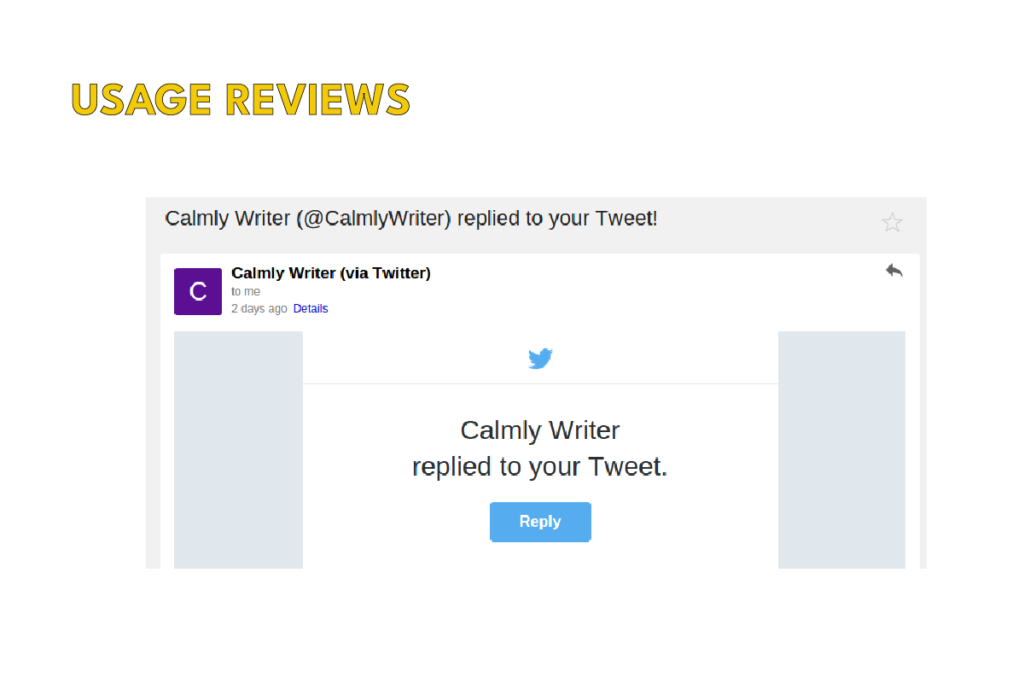
5. Expiry Warnings
When writing expiry warning emails, keep this advice in mind:
- Send the soon-to-expire email when there is one week left in the trial to remind SaaS users to buy your product. Be helpful and confident, not pushy and salesy.
Emails about expiry warnings are incredibly important as they represent one of the last few chances in your onboarding email sequence to convert free trial users into customers.
Expiry Warning Email Example
The following image showcases an example from Zapier that does a great job of restating the value to the user.

8 Onboarding Email Best Practices Tips for SaaS
Every interaction with new and potential users needs to be intentional. You want emails to correctly match where users are in their onboarding process and build confidence in the value of your product.
Here are eight tips to help you compose value-packed onboarding email content:
- Address common questions and objections at a given stage in the funnel (based on behavior).
- Educate users about how your SaaS product can solve their pain.
- Explain the benefits (not features) of your product.
- Give users a single, clear call to action.
- Don't assume the recipient knows the SaaS product is worth their time.
- Don't assume that since someone signed up for a trial, they’re immediately ready to buy.
- Don't repeat the same request over and over.
- Avoid cold and impersonal copy that's solely concerned with making a sale.
What to Avoid When Sending SaaS Onboarding Emails
Do not send nagging emails!
Now that we've listed the best practices and big ideas for onboarding email sequences in the section above, it’s important to point out something you really want to avoid.
If you aren’t sure what a nagging email looks like, this is a good example from my own inbox.

The email seems okay on the surface, but once you dig into it with your Product-Led hat on, you’ll see some significant issues.
A big problem with the example email above is that the title shows they don’t know whether I have or haven’t downloaded their app. This gives away that it’s a time-based email, not one personalized to my place in the user onboarding journey, with no consideration of how I use their product.
Time-based content can be useful in your onboarding email sequence, but you have to know how to use it correctly.
Creating a Behavior-Based Onboarding Email Campaign
We want our onboarding emails to be just-in-time, not just-in-case.
Traditional onboarding emails are:
- Not outcome-driven
- Not tied to what the user has done in the product
- 100% time-based
- Feature-driven
- One-size fits all
It’s not a comparison you might expect, but we can learn a lot from the manufacturing industry when it comes to creating behavior-based onboarding email sequences.
For example, Toyota operates an exemplary just-in-time system. When someone buys a car, they go out to design and buy the specific parts for each order rather than having a huge inventory sitting around.
The whole system starts the user signal of someone placing an order.
3 Trial Engagement Onboarding Email Sequences & Design Instructions
We don’t want to eliminate time-based emails from our onboarding sequence, as they serve an important purpose, but we’re trying to find the right places for them and merge them with behavior-based emails.
We’re going to dive into three different tracks you can set up to incorporate time- and behavior-based onboarding email best practices:
- Track One, Quick Win is the essential onboarding email sequence triggered when a user starts a trial.
- Track Two, Getting Users Hooked is triggered after a quick win, or “Aha!” moment, has been achieved.
- Track Three, Conversion is intended to convert a trial user from free to paid.
Each one of these tracks is essential in your customer lifecycle and each one leads into the next. They all start with user signals and have been proven time and time again to drive success and conversions.
Important note: With all these tracks, you do not need to take a user through every step. If they achieve the end goal after one or two emails in the sequence, they do not need to be sent the others!
Need help building your own unique onboarding campaign? Sign up for ProductLed Accelerator, a 4-week live online program where we help you build a product-led strategy from the ground up and then help you implement it.
Track One: Quick Win
This email sequence is about getting users to the first quick win in your SaaS product. Your onboarding emails in this track should break down the steps they need to take to get to that quick win.
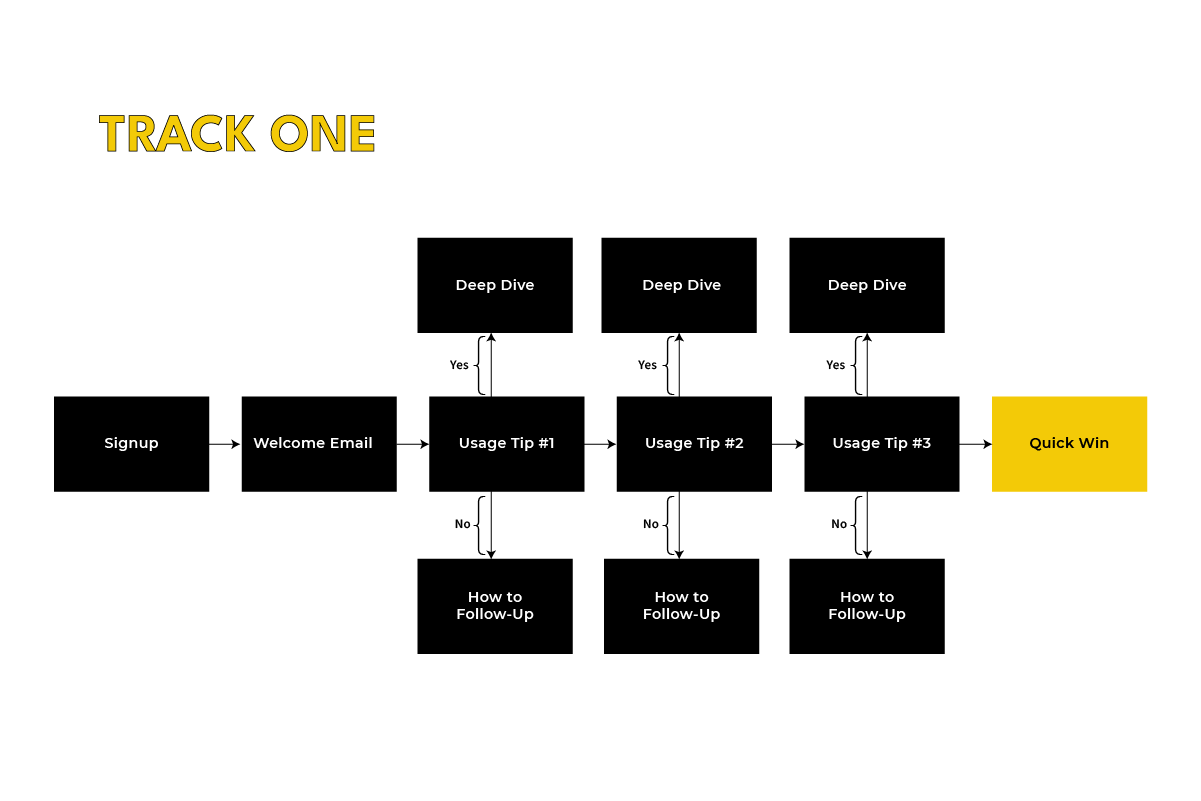
The signup is the signal for your welcome email to be sent.
Don’t be afraid to send follow-up emails.
About 60% of people aren’t going to open them at the first attempt, so follow up with a message that asks: “Did you get to that last thing I sent? Here’s why I thought it would help and how it will benefit you.”
These usage tips go all the way through to the user achieving their first quick win.
Note how there are no sales emails in this track! This is really intentional. This first track is just about getting users to become successful.
The goal with these onboarding emails is customer success, not product sales.
Track Two: The Hook
The hook track is about getting users to experience the "Aha!" moment again and again (and using external triggers to drive them to adopt a new behavior).
Nir Eyal’s book, Hooked, lays out an excellent formula for forming habits outlined below:
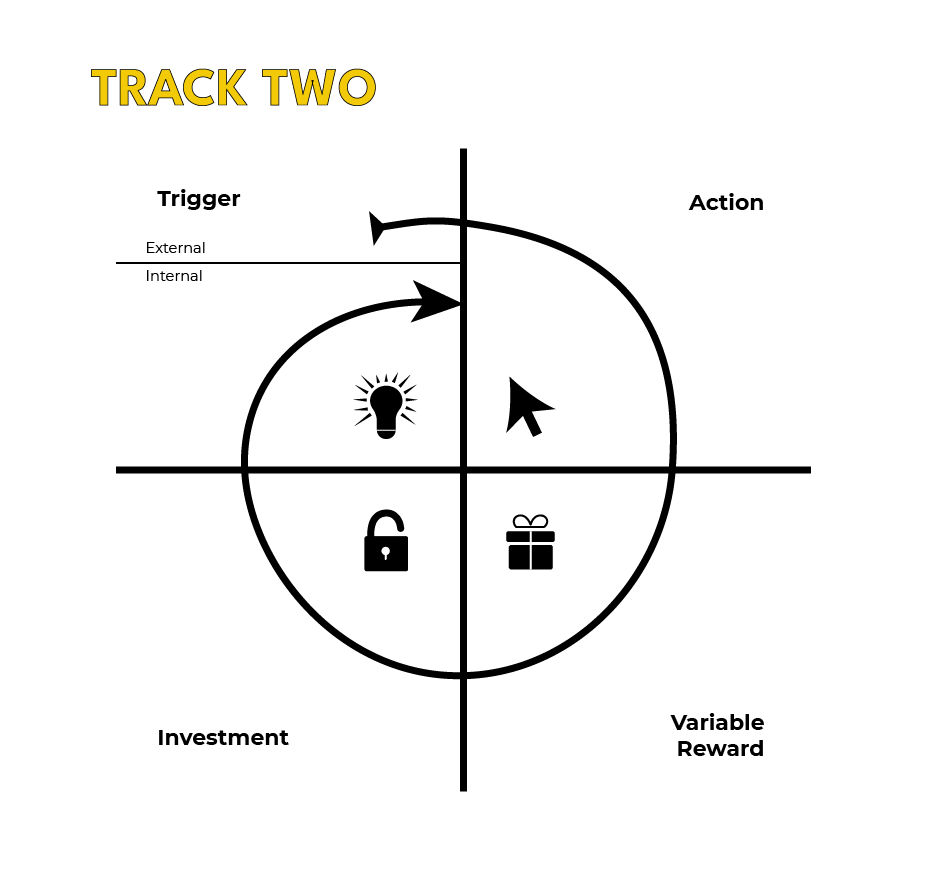
External triggers can include:
- Paid triggers (advertising)
- Earned triggers (public and media relations)
- Relationship triggers (word of mouth)
- Owned triggers (email and other assets you build)
But you can’t just rely on external triggers, as they have very short half-life. After a while, they lose their effectiveness. An ad is most effective on its first impression, not its tenth.
So, we are always searching to set up internal triggers and include them in our user onboarding emails.
Internal triggers manifest automatically in your mind and turn your product into the first thing that comes to mind when a user has the job to be done that your product solves.
For example, let’s think about Twitter.
You get a notification on your phone (trigger), you open Twitter (action), you see someone liked your tweet (reward), and then you spend time on the platform or repeat the action by tweeting more (investment).
So, Track 2 emails are built on these habit-forming principles. It could look something like this:
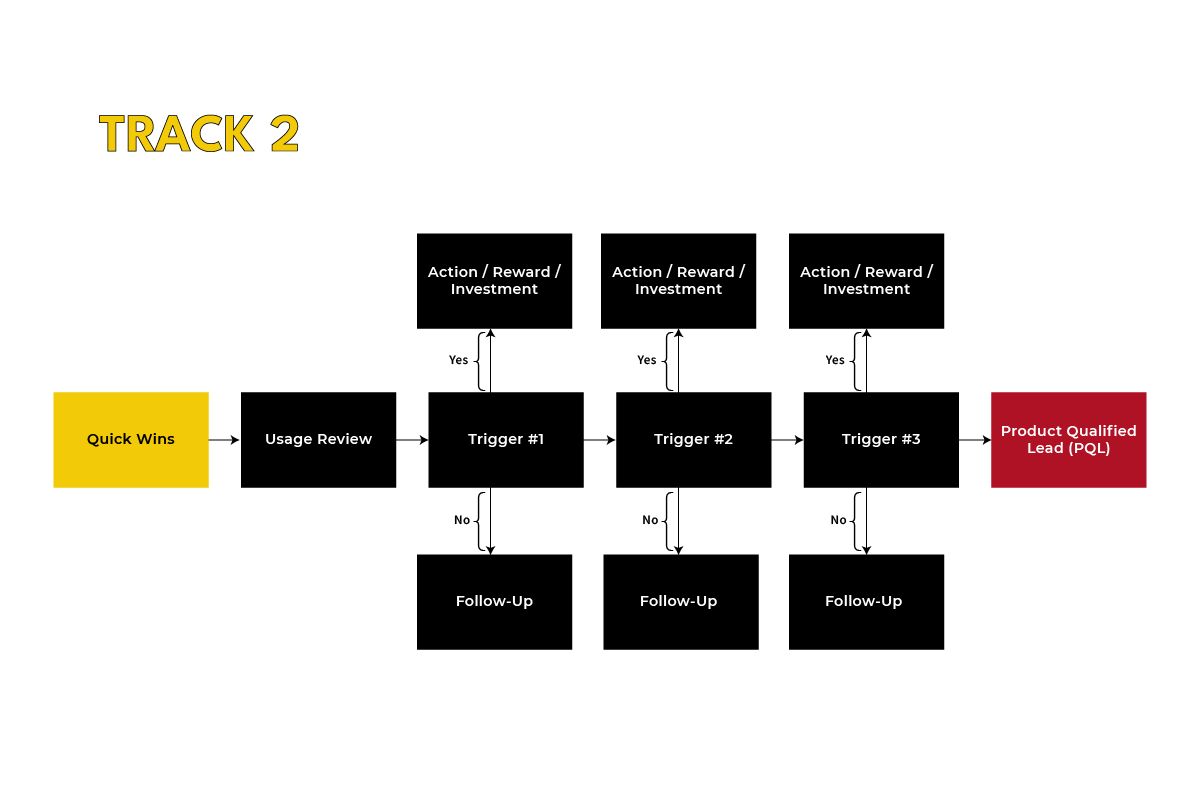
Everybody’s product qualified leads (PQLs) are different, but the steps in this template will always be transferable if you reverse engineer them from your PQL criteria.
If you know where you want someone to be, go back through the steps they must take to get there.
Success measure: Signup-to-PQL rate = Signups/PQLs
Track Three: Conversion
Track Three sees you aligning your users’ perceived and experienced values with your SaaS product. This is when users understand your product’s value proposition on their own terms.
When they make it to this point, your product has sold itself.
The moment a user becomes a PQL is the best time to begin sales outreach. Do not hesitate or hold back from contacting your PQLs because you will never have a better chance at converting them. You can set this onboarding email to trigger within minutes of them becoming a PQL.
If they don’t convert immediately, you move them along the track, sharing case studies showing how other users benefit from your product. The ‘Better Life’ steps will help you outline the experienced value your users achieve, and the CTA is simply to upgrade.
If your users do not convert at this stage – all hope is not lost.
Offering trial extensions and post-trial surveys are a great way to give you and your trial users a deeper understanding of your product and its use. These are two vital tactics to use if you want to improve your conversion rate and fit seamlessly in as part of these onboarding emails.
Success measure: PQL-to-Customer rate = PQL/customers
Your SaaS Company Onboarding Competitive Advantage
A business moat is the key competitive advantage of your business. What’s yours?
In the (distant) past, people would build moats to make it hard for others to take down their castle.
Our SaaS businesses also need moats and the best moat you can have is successful users. There is nothing that can breach our defenses if we have successful users.
Our customers are all different and we can’t hand-hold every one of them, so there are inevitably different categories of contact and complexity that they fall into:
- High-touch onboarding is reserved for enterprise and complex/expensive products.
- Low-touch onboarding is most common, built on email and onboarding flows. Scalable, automated, and personalized)
- No-touch onboarding is a wholly streamlined onboarding flow and often has a low lifetime value (LTV).
Our customers fall into these different categories of sales complexity based on their customer acquisition cost (CAC).
The LTV of our product for each potential customer can help us determine the best way we can help our customers.
For instance, a high LTV product or customer means we can afford to invest in sales agents or customer success agents.
For most SaaS businesses, high LTV customers do not make up the bulk of their sales.
That’s why, today, we’ve focused on low-touch approaches and how to use onboarding email best practices as an extension of our product.
Create an Onboarding Experience That Will Help You Activate, Delight, and Retain More Users
If you want to improve onboarding for your SaaS company, while avoiding the risks and ensuring a great customer experience, check out ProductLed Accelerator.
ProductLed Accelerator is our live, online program that helps companies build and launch products with a compelling free experience that encourages users to upgrade.
The program is spread across four weeks, one of which is dedicated entirely to onboarding:
- Week 1: Develop your product-led strategy by defining what “user success” looks like for your business and mapping out the ideal customer journey.
- Week 2: Choose the right product-led model for your specific needs (freemium, free trial, or one of three hybrid models.)
- Week 3: Optimize your onboarding sequence to help new customers reach the core value of your product as quickly as possible.
- Week 4: Improve your monetization strategy by uncovering ways to charge users that align with your acquisition model and maximize upgrades.
During the program, we help you put what you learn into action for your product with case studies, decision frameworks, templates, and worksheets.
We host Zoom workshops every Tuesday throughout the program to answer questions and offer feedback. You get access to a private Slack group to connect with your cohort and get advice from industry experts. Plus, you have access to all course materials for a year.
After completing the ProductLed Accelerator Program, companies like Jebbit and Enzuzo have been able to implement product-led growth, acquire new customers, activate them successfully, and increase their revenue.

